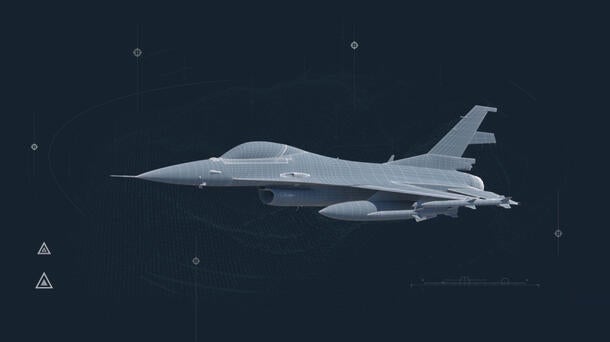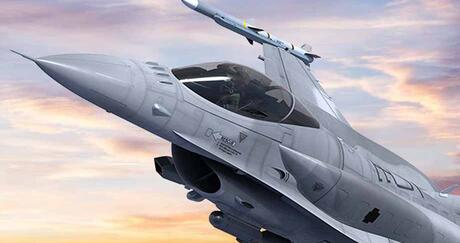Q: What does the successful integration reveal about Viper Shield’s advanced protection capabilities?
A: Simply put, successful electronic protection of any aircraft depends upon situational awareness. It’s like a boxer who catches a right hook coming at him out of the corner of his eye in time to get his glove up to block it. You’ve got to know it’s coming in order to eliminate the threat.
The test confirmed that Viper Shield’s advanced defensive and offensive technology will work seamlessly with the aircraft’s new APG-83 AESA radar system. This means that both systems can operate concurrently without disrupting and degrading the other. In addition, the Viper Shield interface with the F-16 Block 70/72 Mission Computer was successfully tested and validated.
The complex agile waveforms used by the APG-83 AESA radar create a challenge to the harmonious operation of both systems. The Viper Shield system has implemented a sophisticated Radio Frequency Compatibility scheme to seamlessly integrate with the APG-83.
Situational awareness is a critical component in a complex battlespace and the successful integration of the APG-83 AESA radar with the Viper Shield proves that the two systems can work together to detect threats and effectively protect against them like never before.
Q: How does Viper Shield differ from previous generation EW systems?
A: As I previously mentioned, Viper Shield’s cutting-edge technology was built from the success of existing L3Harris EW systems, but it has fewer critical components and uses commercial-off-the-shelf technology. What this means is that Viper Shield has a smaller form factor and reduced weight, but is also more reliable. All of this results in lower lifecycle costs that enable the warfighter the ability for modernization while minimizing obsolescence.
Q: How is Viper Shield’s sophisticated, all-digital design forward-looking to protect the warfighter from the threats of a dynamic, ever-changing environment?
A: Providing the warfighter with forward-looking capabilities is at the core of our mission here at L3Harris. Now, with the current complexity that the F-16 warfighter faces, and will inevitably face in the future, the need to anticipate what will be needed in the future has never been more important.
Viper Shield’s open-system design allows new EW capabilities to be added easily, addressing emerging and future threats. Software-defined components allow easy upgrades without new hardware, and the system is designed to interact with wingmen – manned or unmanned – without any EW interference.
All this is to say Viper Shield is designed with the future in mind.



